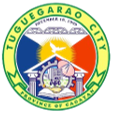
INVESTING
IN
TUGUEGARAO
Tuguegarao City, the capital of Cagayan and the Regional Center of Cagayan Valley, is recognized as the Center of Excellence for Higher Education, Science, and Medicine in Region 02. Its economy, driven by a dynamic tertiary sector, positions Tuguegarao as the region’s primary growth center, fostering economic activities across the region and extending to neighboring areas of Ilocos and the Cordillera Administrative Region.
With its robust infrastructure, the city plays a vital role as the Regional Trading Center, the Regional Support Service Center for Agricultural Development, Tourism, and Industrial Development, and serves as a critical link to the Regional Industrial Center in Cauayan City and the Cagayan Special Economic Zone in Sta. Ana. As the only Digital City in Region 02, Tuguegarao leverages its growing intellectual and knowledge economy.
Established as the provincial capital on May 24, 1839, and converted into a city on December 18, 1999, under RA 8755, Tuguegarao’s name is derived from the Ibanag phrase “Tuggui gare yaw,” meaning “This used to be fire.” The city celebrates its history and culture every August 16 with the Tuguegarao Patronal Fiesta through the Afi Festival, a tribute to fire, symbolized by the Dance of a Thousand Torches.
Source: tuguegaraocity.gov.ph/city-profile/153
| Island Group | Luzon |
| Region | Cagayan Valley (R2) |
| Barangays | 49 |
| Land Area | 144.80 km2 |
| Population (2020) | 166, 334 |
| Density | 1,149 / km2 |
| Income Class | 3rd City Income Class |
The Tuguegrao City Advantage
Business-Friendly Environment

Robust and Diverse Talent
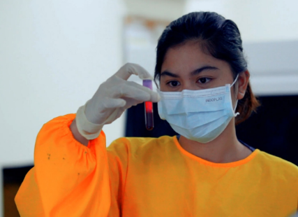
Expanding Infrastructure

Major Locators

Tourism Potentials
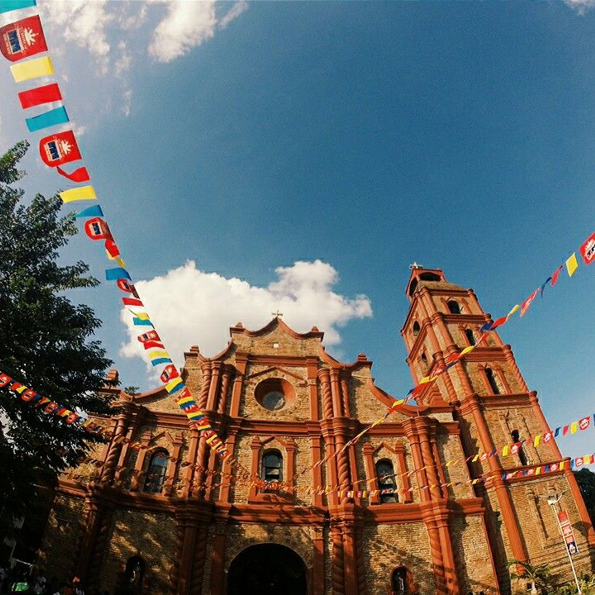
Cost Competitive
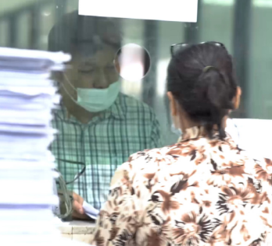
Investment Priority Areas
Infrastructure

Tourism

Light Industry

Waste Management

Alternative Energy

Agri-Business

Creative and Knowledge-Based Industry

Export Industries

The Local Investments and Incentives Code (LIIC) is a document that articulates the local government investment policies and programs, Investments Priority Areas (IPAs), local incentives (fiscal or non-fiscal) available to domestic and foreign investors and the mechanics for availing them. It also defines the composition, roles and functions of the Local Investments and Incentives Board (LIIB) and the Investments Promotion Center (IPC).
The LIIC is an instrument for local /regional economic development through a multi-stakeholder approach for attracting, retaining, expanding and diversifying investments in the local economy supportive of the development vision of the LGUs.
Rich Talent Pool
- 96.2% Basic Literacy Rate and 93% Functional Literacy Rate, with most people able to speak in English.
- About 55% of the population is between the ages 14-49 y/o.

13
TERTIARY SCHOOLS producing topnotchers (2022)

6,881
TERTIARY GRADUATES (2022)

782
TECHNICAL VOCATIONAL EDUCATION & TRAINING GRADUATES(2022)
Highly Skilled and Educated Workforce
| CLUSTER OF DISCIPLINE | NO. OF GRADUATES (2022) |
| Agricultural Education | 33 |
| Business & Management Education | 1,917 |
| Criminal Justice Education | 831 |
| Engineering & Architecture Education | 899 |
| Health Professions Education | 431 |
| Humanities Education | 65 |
| Information Technology Education | 538 |
| Maritime Education | 13 |
| Science and Mathematics Education | 230 |
| Social Sciences Education | 234 |
| Teacher Education | 1690 |
Presence of Ports
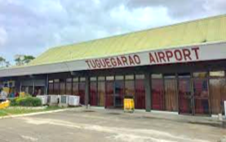
TUGUEGARAO CITY AIRPORT
- Secondary Domestic Airport
- 45 minutes travel to Manila
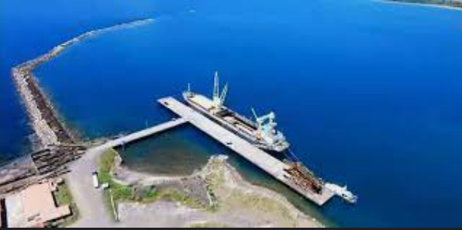
PORT IRENE IN STA. ANA, CAGAYAN
- Approximately 135km from Tuguegarao City
- Managed by Cagayan Economic Zone Authority
Transportation
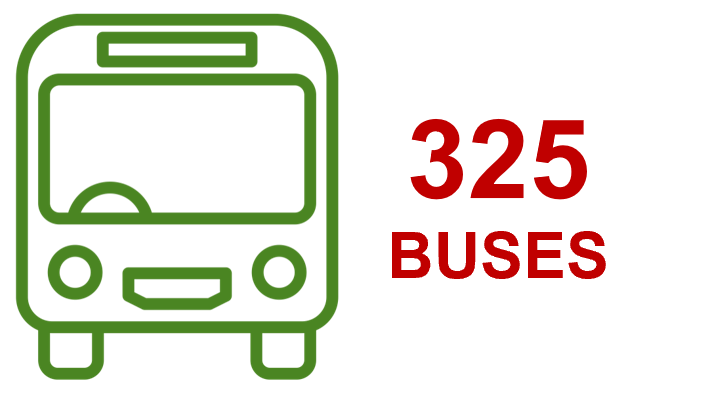




Information Technology Capacity

MAJOR PLAYERS:
Globe Telecom, PLDT-Smart, Converge, DITO Telecommunity, Eastern Telecom, RBC
Accommodation Facilities

Health Facilities
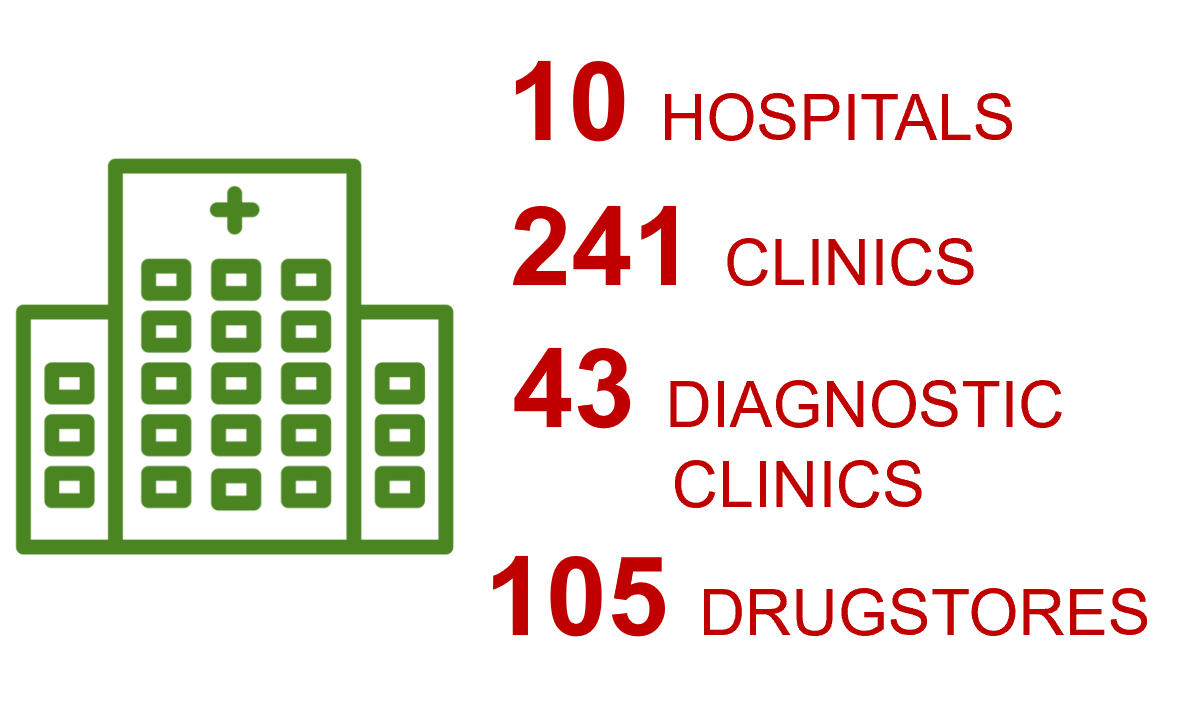
Recreational Facilities



Educational Tourism
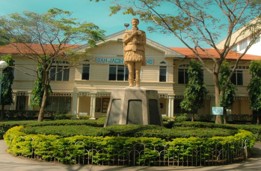
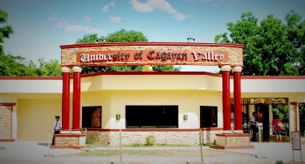
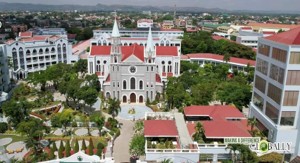
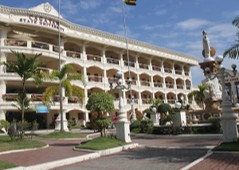
Lorem ipsum dolor sit amet, consectetur adipiscing elit. Ut elit tellus, luctus nec ullamcorper mattis, pulvinar dapibus leo.